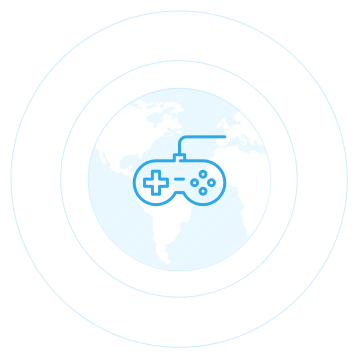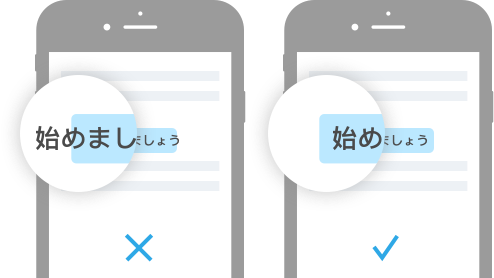Your players are global.
You should be too.
Our high-quality and culturally relevant translations have helped
games like Tencent, BANDAI NAMCO, and Epic Games launch
popular games around the world.

Our translators are
game localization experts
Instantly access 1,000+ professional translators in 50+ languages.
Our game localization specialists have translated the likes of World of Warcraft and The Sims.
- wide domain knowledge
- technical experience
- Industry
- Approved by
3rd-party panels
- OneSky Translator Freelance Translator
- wide domain knowledge
- technical experience
- IndustryMobile apps & games
- Approved by 3rd-party panels
Automated workflows customized
for game localization

unity

unreal

coco2dx

other games
Game Engine Integrations
Not only are we gamers ourselves, we know and technical ins and outs of game localization. Our platform supports all popular game engines, including Unity and Unreal.
more on integrations
Worried about breaking your game UI?
We’ve got you covered.
On-Device Testing
Worried about UI issues when you translate your app? Our
professional game testers can ensure a perfect gameplay experience in
every language.
professional game testers can ensure a perfect gameplay experience in
every language.

Need extra support?
Tailored Project Management
For large-scale projects, we offer additional services to help you set up your
technical process, communicate with translators, and offer extra support
throughout the entire localization process.
technical process, communicate with translators, and offer extra support
throughout the entire localization process.
Over 1,000 companies trust us worldwide.
try OneSky now.Free | No credit card required